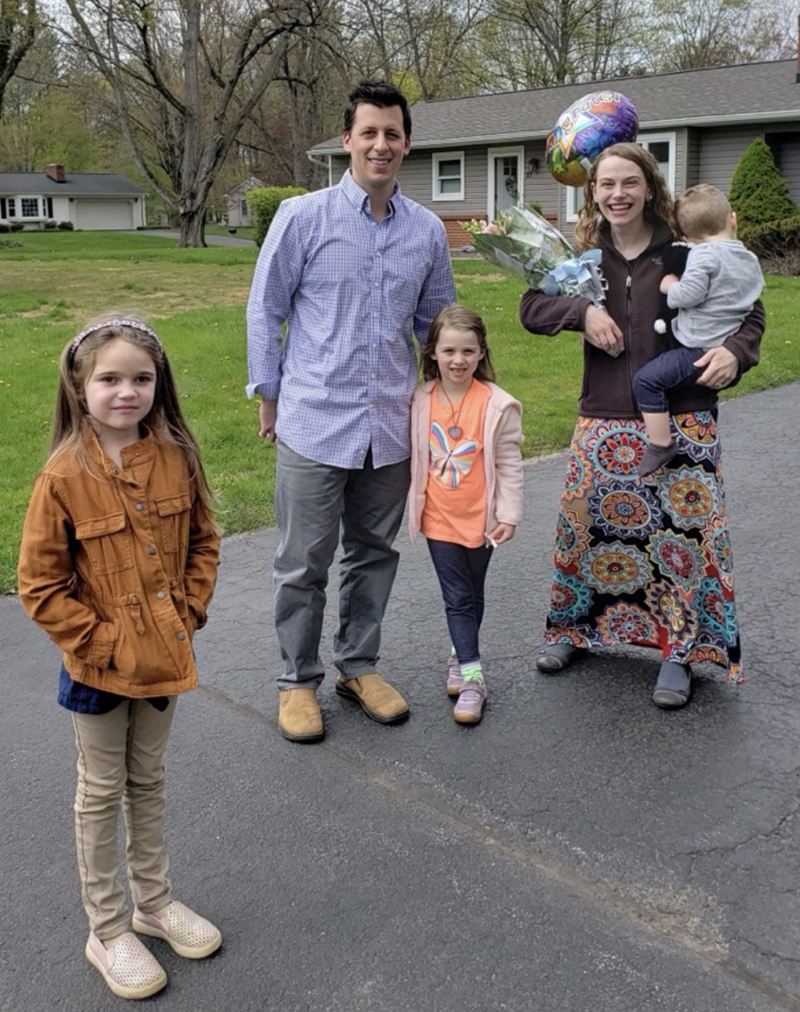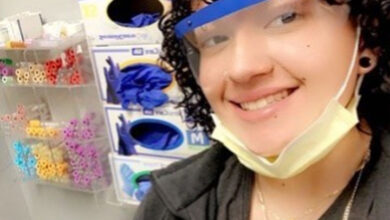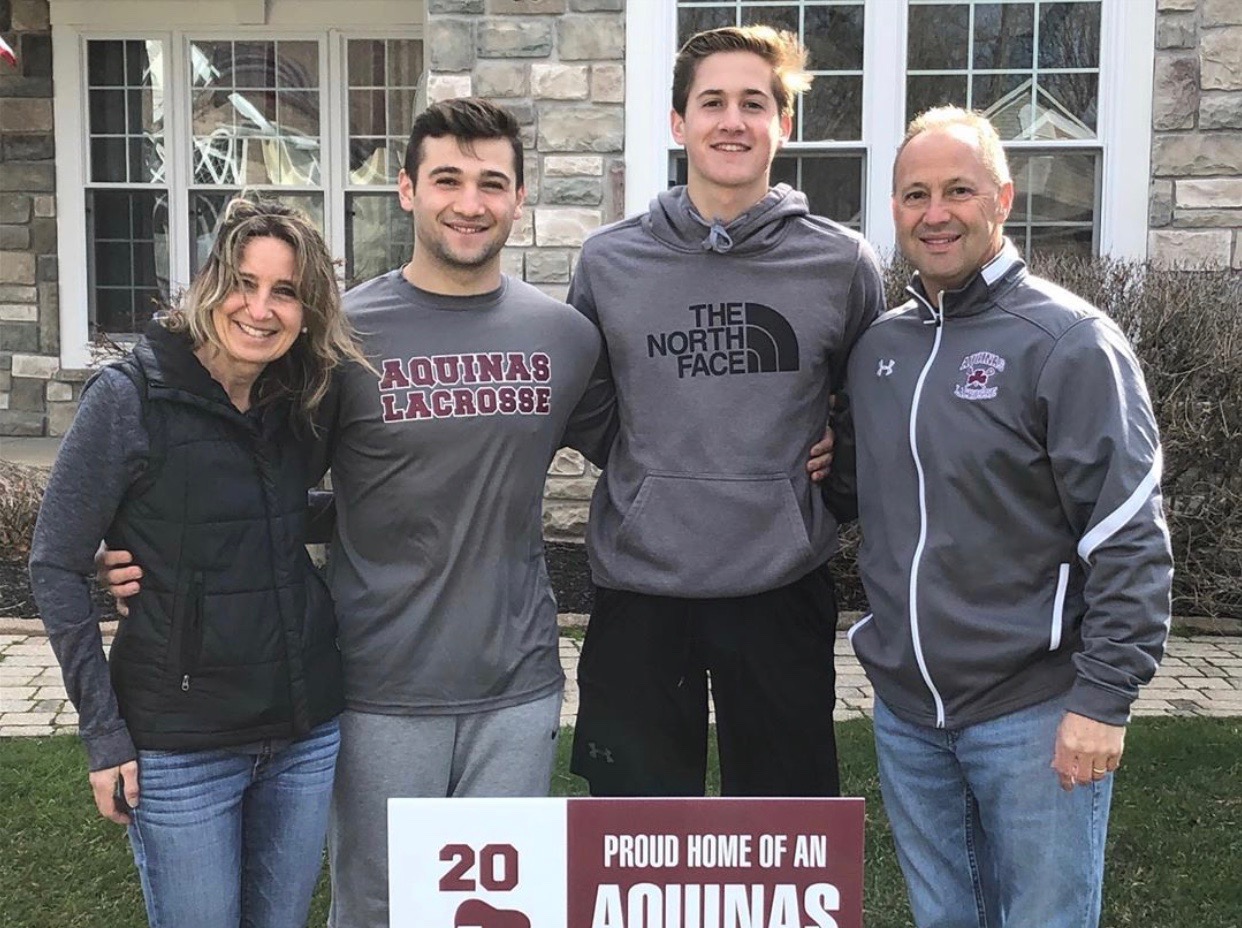More districts participate in Urban-Suburban program next school year
The Urban-Suburban program has captured more than its share of headlines in 2015. This year not only marks the 50th anniversary of the inter-district transfer program, but there has also been an unprecedented influx of districts deciding to join for the upcoming 2015-2016 school year.
Since late February, no less than five districts have joined: Spencerport, East Irondequoit, East Rochester, Hilton and, most recently, Kendall. They join districts which have been part of the program for decades: Brighton, Brockport, Fairport, Penfield, Pittsford, West Irondequoit, and Wheatland-Chili.
Many of the new districts have joined without fanfare, but in Spencerport, a number of parents and residents passionately voiced concerns over the program’s exclusion of white students. Others urged the board of education to bring the issue to a public vote.
Jeff Crane, superintendent of the West Irondequoit Central School District and chairman of the Urban-Suburban governance board, says board members heard those concerns, and some changes are in store for the program that will open up the application process and expand the program’s mission to include reducing segregation based on socio-economic status in addition to reducing racial isolation. Also, out-of-district opportunities will be increased for suburban students as well as urban students.
“We’ve been discussing changes to admission requirements for years,” says Crane. He was a featured speaker during one of the public comment/information sessions in Spencerport and tells the Suburban News/The Herald, “Spencerport caused a greater urgency,” regarding implementation of changes. He notes students in West Irondequoit, for example, can go from suburban to urban with no limitations. “We feel no student should be kept from accessing the application process,” Crane says.
He explains that the governance board has also sought legal advice regarding potential changes to the program’s mission and goals.
Crane observes that many things have changed over the years, “but one variable hasn’t changed. New York State has some of the most segregated schools in America.” Because of that statistic, Urban-Suburban’s initial mission, “to decrease racial segregation,” must continue to be honored, he says.
Therefore, the initial goal will remain intact while expanding the mission to include the goals of, “de-concentrating poverty and enhancing opportunities for students in the city and suburban districts,” Crane says.
The governance board hopes to have changes implemented by September 2016, as it is too late to make changes for the 2015-2016 school year.
“It’s our desire to have overall equity,” Crane says, “enhancing the opportunities for all kids.”
He notes that the movement of Urban-Suburban students goes both ways – there are students in suburban districts who look to take advantage of specialized schools in the Rochester City School District, such as the School of the Arts. “The city school district is doing great work in various areas,” Crane says.
In addition to increasing diversity in suburban districts, Crane says he sees Urban-Suburban as one component of a larger, community-wide effort to prepare students for life after graduation and make sure they are well-prepared for success in an ever-expanding global workplace.
Superintendents from many newly signed-up school districts have cited that the program, in addition to its other benefits, will help them to increase enrollments which are on the decline, while also helping them to maintain their full line-up of course offerings.
Crane says he feels increased interest in Urban-Suburban is also due to the significance of the milestone anniversary of the program this year.
“People started to think about it in a different way,” he observes. “In a way, the 50th anniversary gave us more traction.”
He adds that the board is excited to see the jump in school district participation.
Urban-Suburban has a track record of success, Crane says, with data that indicates, “residents and non-residents graduate at the same high levels. Thousands of kids over the past 50 years have had opportunities because of this program that otherwise would not have been open to them.”





